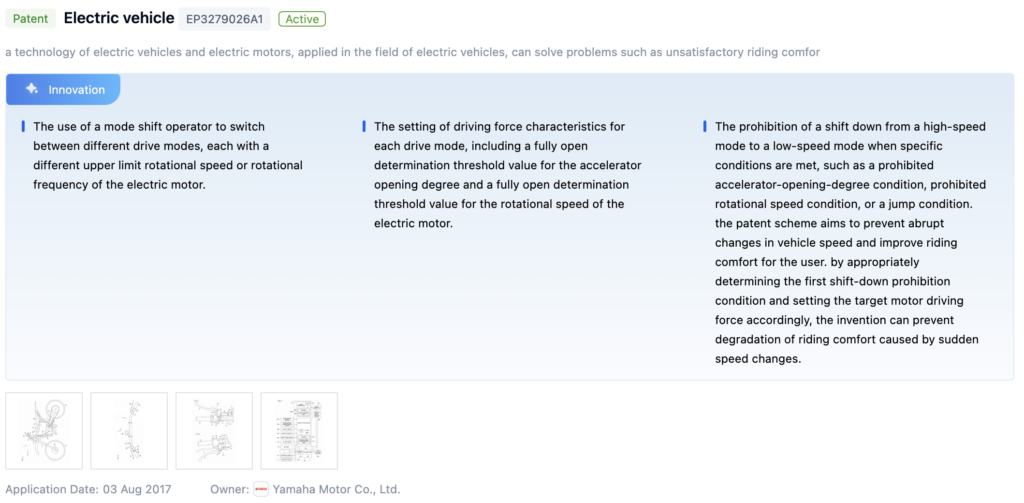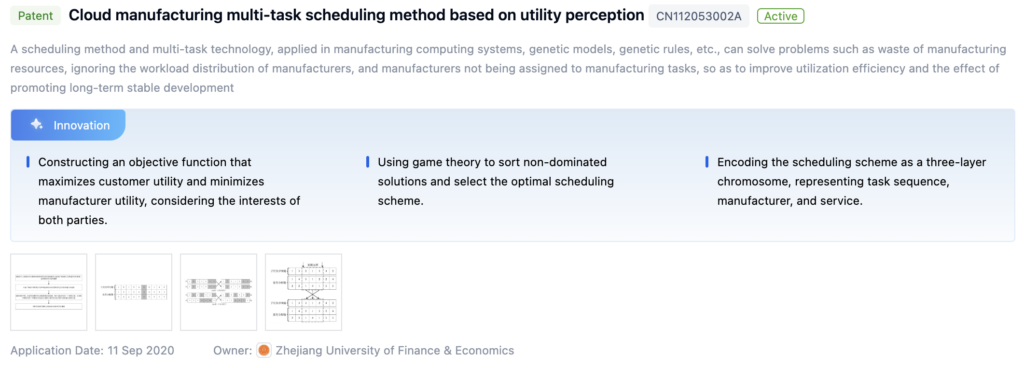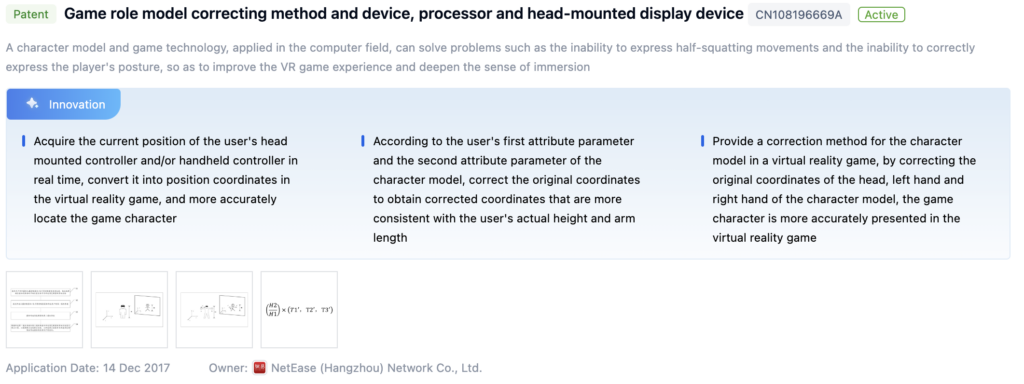
LS3 Engine Development History and Goals
The LS3 engine, introduced by General Motors in 2008, is a high-performance V8 engine used in vehicles like the Chevrolet Camaro, Corvette, and Silverado. The development aimed to increase power output, fuel efficiency, and emissions compliance. Key enhancements include a larger displacement of 6.2 liters, producing 430 horsepower and 424 lb-ft of torque, high-flow cylinder heads, a high-lift camshaft, and advanced technologies like Active Fuel Management (AFM) and variable valve timing (VVT).

To get a detailed scientific explanations of LS3 Engine, try Eureka.
Market Demand for High-Performance Engines
The demand for high-performance engines is driven by consumer desire for exhilarating driving experiences, stricter emissions regulations, and the popularity of performance-oriented vehicles. Innovations in turbocharging, direct injection, and VVT help balance power and efficiency. The aftermarket performance industry also drives demand for engine modifications and upgrades.
Current State and Challenges of LS3 Engine

The LS3 engine faces challenges such as balancing power and fuel efficiency, managing thermal loads, and optimizing factory-installed components. Effective cooling and aftermarket upgrades are essential for performance optimization. Continuous improvements focus on advanced technologies and materials to enhance performance and meet regulatory requirements.
Evolution of LS3 Engine Technologies
A detailed study of the historical progress and new advancements in LS3 engine technologies.

Existing Solutions for LS3 Engine Performance
Engine Performance Optimization
- Systems: Adjusting fuel delivery, air intake, and other parameters to improve power output, fuel efficiency, or emissions reduction.
- Methods: Modeling, monitoring, and adjusting engine parameters using multi-objective optimization algorithms.
- Real-Time Monitoring: Adaptive optimization based on real-time data.
- Specific Engine Types: Techniques tailored for variable cycle engines, free-piston Stirling engines, and natural gas vehicle engines.
Engine Performance Prediction and Modeling
- Models: Predicting performance using analytical, data-driven, and hybrid models.
- Optimization and Control: Adjusting engine parameters to meet performance targets.
- Degradation Prediction: Predicting performance degradation for maintenance planning.
- Transient Performance: Predicting and adapting to dynamic conditions.
Transient Engine Performance Adaptation
- Methods: Adjusting parameters during transient conditions.
- Modeling: Accurate performance prediction during dynamic operations.
- Control Systems: Managing engine performance during transient events.
Fuel and Lubricant Formulations
- Lubricants: Reducing friction and improving fuel economy.
- Fuel Mixtures: Optimizing two-stroke engine performance.
- Delivery Systems: Enhancing lubrication of specific components.
- Alternative Fuels: Formulations compatible with renewable fuels.
Engine Performance Evaluation and Testing
- Evaluation Methods: Assessing performance under various conditions.
- Degradation Prediction: Early detection of performance issues.
- Component Evaluation: Testing specific engine components.
- Simulation and Modeling: Virtual performance evaluation.
Key Players in High-Performance Engine Market
Mitsubishi Electric Corp.
Focuses on fuel injection systems, variable valve timing, and advanced engine control units for high-performance vehicles and motorsports.
Toyota Motor Corp.
Develops variable valve timing systems, advanced combustion technologies, and lightweight engine components for sports cars and performance-oriented vehicles.
SeeReal Technologies SA
Specializes in advanced engine monitoring systems, real-time performance analysis, and predictive maintenance solutions.
Core Innovations in LS3 Engine Technology
Patent 1: Electric Vehicle
- Core Invention Points:
- Mode shift operator for different drive modes.
- Setting driving force characteristics for each mode.
- Prohibition of abrupt shifts to improve riding comfort.

Patent 2: Hydraulic System of Hydraulic Valve Test Bench
- Core Invention Points:
- Combining performance and application testing.
- Integrating excavator test system.
- Using load-sensing variable pump for oil flow.

Patent 3: Cloud Manufacturing Multi-Task Scheduling Method
- Core Invention Points:
- Maximizing customer utility and minimizing manufacturer utility.
- Using game theory for optimal scheduling.
- Encoding scheduling scheme as a three-layer chromosome.

Patent 4: Game Role Model Correcting Method
- Core Invention Points:
- Real-time position conversion for accurate game character location.
- Correcting coordinates based on user and character attributes.
- Enhancing VR game experience through accurate character presentation.

Potential Breakthroughs in LS3 Engine Performance
Fuel System Modifications
Adjusting fuel injection timing, fuel pressure, and delivery systems to optimize combustion and power output.
Air Intake and Exhaust System Optimizations
Improving air intake and exhaust systems to increase power and efficiency, including modifications to the intake manifold, exhaust headers, and turbocharging or supercharging systems.
ECU Calibrations
Recalibrating the engine control unit (ECU) to optimize ignition timing, fuel-air mixture, and variable valve timing for enhanced performance and efficiency.
Mechanical Modifications
Upgrading camshafts, pistons, connecting rods, and valvetrain components to increase power output and improve performance.
Lubrication and Cooling System Optimizations
Optimizing lubrication and cooling systems to reduce friction, improve heat dissipation, and maintain optimal operating temperatures for increased power and efficiency.
Environmental Regulations for High-Performance Engines
Stringent emission standards drive advancements in combustion strategies and aftertreatment systems. Technologies like EGR, SCR, HCCI, and RCCI help reduce emissions while maintaining performance. Hybrid and electric powertrains also contribute to lower emissions.
Future Trends in Automotive Engine Technology
Future trends focus on advanced combustion strategies, lightweight materials, electrification, and alternative fuels. Innovations include laser ignition, plasma-assisted combustion, 3D printing, hybrid powertrains, advanced control systems, and biofuels or hydrogen integration.
If you want an in-depth research or a technical report, you can always get what you want in Eureka Technical Research. Try now!

